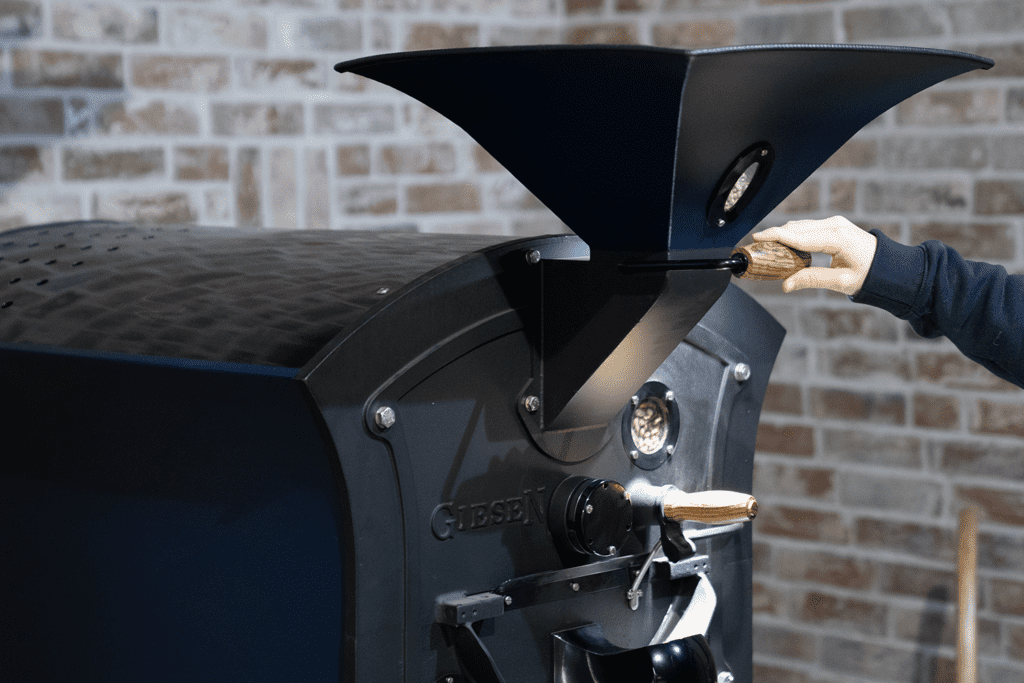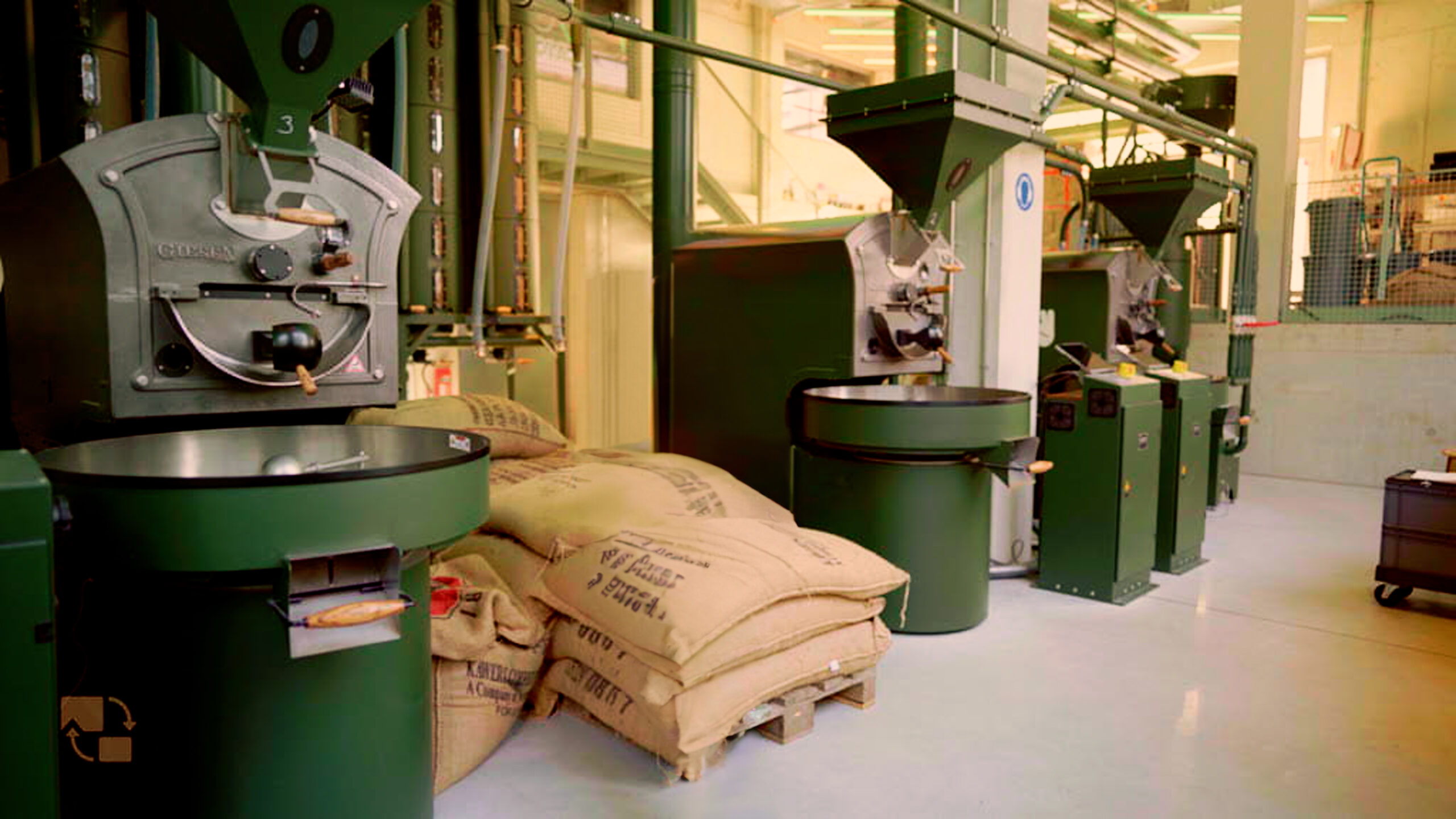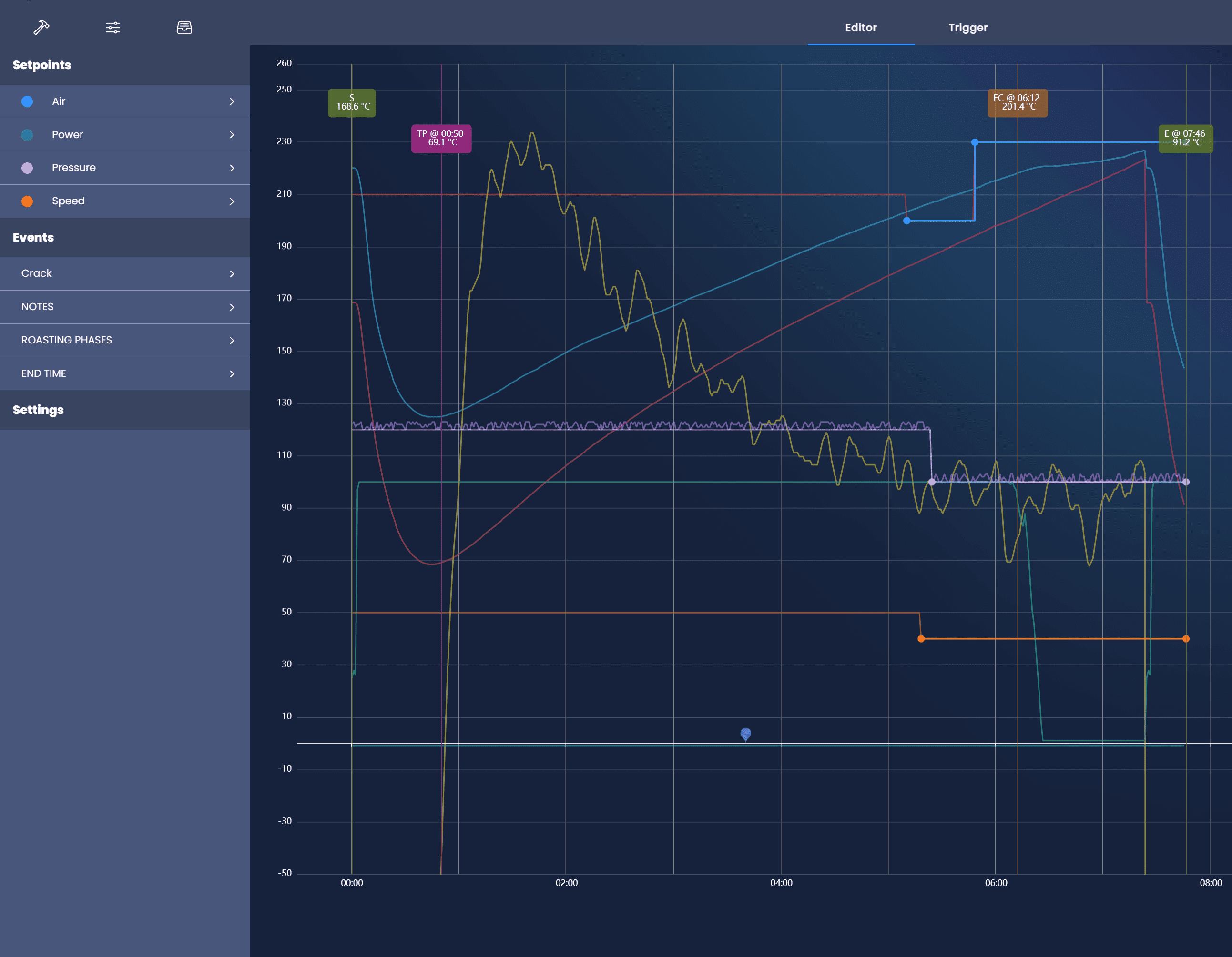For some people, coffee is an ordinary product. You drink it in the morning, when visiting someone, on the way or in the evening at home. It’s a part of your routine and a familiar element that recurs daily to many. Only when you delve deeper into the process you will find out how many steps you need to take before you have that cup of coffee in front of you. A flavor-determining part of the coffee process is the fermentation of the coffee beans. In this article, we’ll explain how this process works and how it affects the final coffee.
What exactly is coffee fermentation?
Let’s start by explaining the purpose of fermenting. A coffee bean starts its journey as a coffee cherry, with the beans sitting in the center of the cherry. When the berry has been picked, the pulp is removed by machine leaving only the bean. There is, however, still one part around the bean; a pectin-based mucous layer called the mucilage. The final purpose of the fermentation is to remove this layer and to facilitate chemical transformations within the coffee beans.
Picking the coffee berries
As described earlier, the coffee berries must be picked from the coffee plant. From a practical point of view, this is a manual job; the coffee plants grow in places that are often steep and difficult to reach. Machines are therefore unable to drive across the plantations and pick the berries mechanically. Manual picking has the advantage that ripe berries can be picked selectively. In only several countries you can pick the coffee berries mechanically. This means, however, that the berries have to be sorted at a later time, which can also be done mechanically.
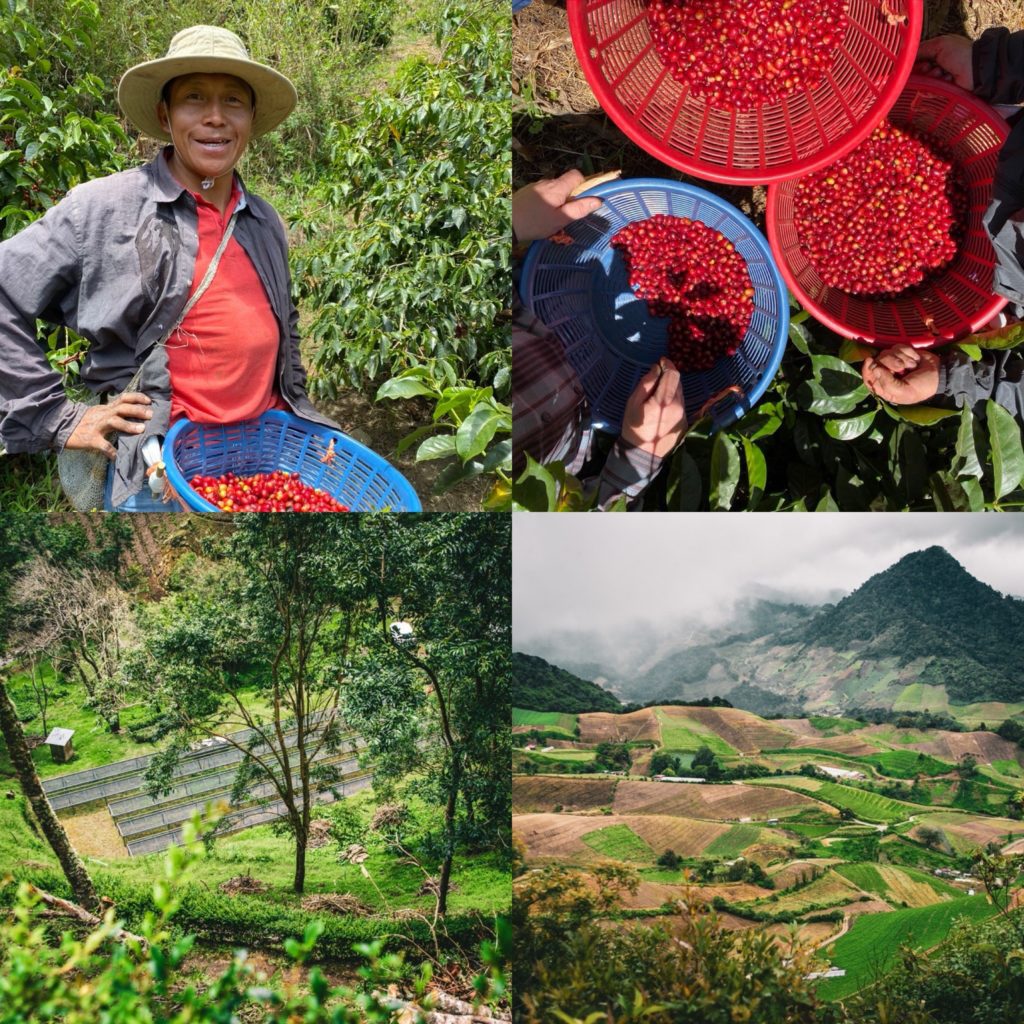
The three methods of coffee fermentation
There are three ways in which we can ferment the coffee berries. We will explain the basic methods, but understand that there are a lot more profound and experimental methods that coffee farmers use.
The washed method
During the washed method, the harvested berries are first soaked to remove the ripe from the unripe berries. The ripe berries will sink to the bottom, and the unripe berries usually float due to their lower density. We immediately remove the unripe berries. Then, a depulper removes the pulp from the coffee berries. Finally, the freshly depulped beans are fed through water channels which will lead them to fermentation tanks. This is where the fermentation process takes place. The beans, which are still in a shell called “parchment” will ferment, causing the remaining pulp and mucus to loosen. This process takes about one to two days. After washing away the residues that have been fermented by the process, only the parchment shell remains around the beans. Once the beans have dried, this shell can be removed with a hulling machine. After hulling, the clean green beans are sorted by size using sieves and are being packed.
Taste profile
With the washed method, the taste is generally cleaner and more directly related to the area where the bean was grown. Often this method gives a pleasant acidity and clear, articulate taste, which is related to the region of origin.
The ‘Honey’ method
During the Honey process, we start by removing the pulp of the coffee cherry. However, a small percentage of this pulp is left behind during drying; we call this the Honey. The Honey ultimately provides the unique flavor profile of the coffee bean. The Honey ferments on the bean for a period of 18 to 25 days. The advantage of this method compared to the dry method is the fact that this method entails less spoilage because the pulp has been largely removed.
Taste profile
When you drink your coffee you will notice that coffee fermented with the Honey method often has a more complex taste compared to the washed method.
The dry method
The dry method is very laborious because of all the work that needs to be done at the drying beds. Also, the dry method requires very selective picking since the unripe berries can’t be sorted out by a machine. The first difference compared to other methods is that with the dry method, the coffee cherries do not go through the depulping machine first. After this, we completely dry the coffee cherries. This ensures a higher flavor transfer between the pulp and the bean. It is also easier to remove the cherry from the bean after drying. This method requires little equipment, but on the other hand, it is highly dependent on the circumstances. For example, the humidity must be good, so any rain can disrupt the process. This also makes it simply impossible to apply this method in several areas.
Taste profile
You can imagine that the transfer of flavor between the pulp and the bean produces wine-like aromas that tend towards blue and black fruits. Ripe blueberry is a flavor comparison people often make when using this fermentation method.
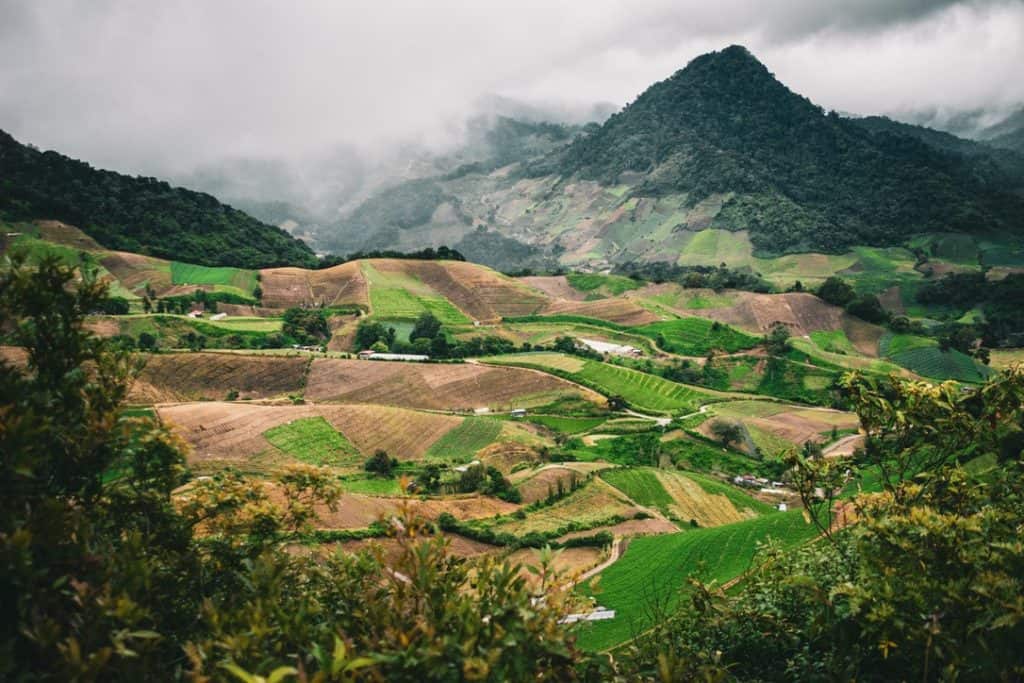
After fermenting;
As mentioned before, all different fermentation methods will cause a different flavor profile. Of course, the final taste of the coffee is still far from being determined after fermentation; the coffee roasting e final extraction can completely change the taste. Would you like more information about roasting and extracting the coffee? Read our blogs related to these topics here.
Suppose we take a winegrower as an example. The winegrower has full control over the growth and handling of his grapes, similar to how a coffee farmer has this over his coffee berries. The big difference, however, is in the post-processing of the product; where a winegrower produces a finished product (read: a bottle of wine) that can no longer be influenced by an intermediary or end-user, this is not the case with coffee. The specific taste of the green coffee bean that the coffee farmer has created can be easily changed considerably by the coffee roaster (way of roasting), barista (way of extraction), and end-user (additions).
Coffee is a very laborious product and few people realize which steps the coffee has gone through before you drink it. We hope this article gave you some insight into one of the important steps in the coffee process. Would you like more information about other aspects of coffee? Check out our blog page here for an overview of our articles.

